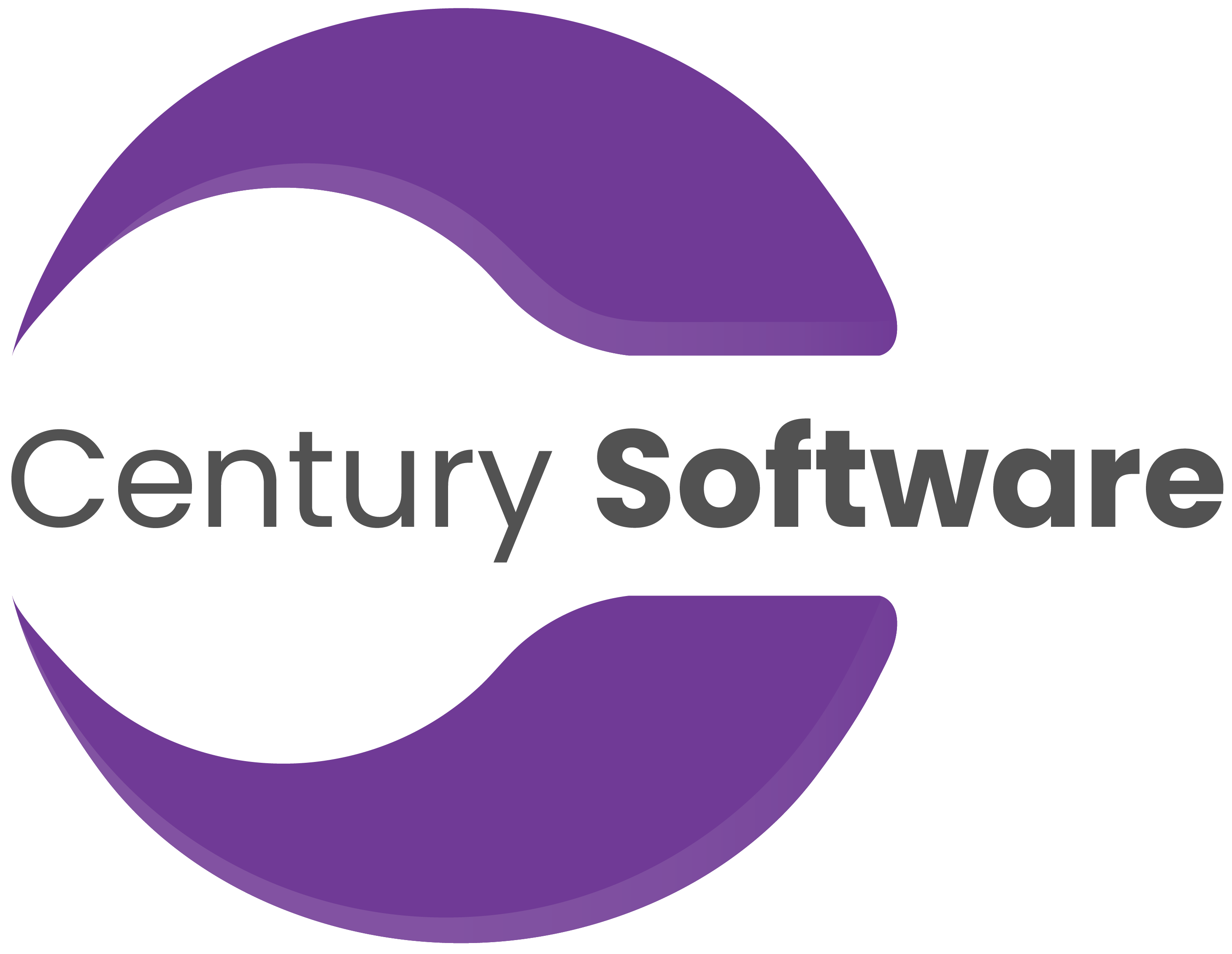How Business Intelligence Service Performs Predictive Analytics for Forecasting and Trend Analysis?
In today’s data-driven world, businesses thrive on the ability to anticipate future trends and make informed decisions. Business Intelligence (BI) services have long been the go-to for analyzing past performance and identifying current trends. But what if you could leverage this data to predict what’s coming next?
This is where predictive analytics steps in. By harnessing the power of historical data, statistical modeling, and machine learning algorithms, BI services can be transformed into powerful forecasting tools. This long-form content will delve into how business intelligence services utilize predictive analytics to unlock the secrets of future trends.
From Hindsight to Foresight: The Power of Predictive Analytics
Traditionally, Business Intelligence services focused on rearview mirror analysis, providing valuable insights into past performance. They excelled at answering questions like “What were our sales figures last quarter?” or “How did our marketing campaign perform?” These insights are crucial, but they only paint half the picture.
Predictive analytics takes BI to the next level. It asks the question, “What will happen in the future?” By analyzing vast datasets, identifying patterns, and leveraging sophisticated algorithms, predictive analytics can generate forecasts for a variety of business metrics. This includes:
- Sales forecasting: Predict future demand for products or services, allowing for optimized inventory management and production planning.
- Customer churn prediction: Identify customers at risk of leaving, enabling targeted interventions to improve retention rates.
- Financial risk assessment: Forecast potential financial challenges and opportunities, allowing for proactive risk mitigation strategies.
- Market trend analysis: Predict upcoming market shifts, enabling businesses to adapt their strategies and capitalize on emerging trends.
The Predictive Analytics Toolkit: Unveiling the Magic
So, how exactly do BI services translate data into future predictions? Here’s a peek under the hood:
- Data Collection and Preparation: The foundation of any successful predictive model is high-quality data. Business Intelligence services excel at collecting data from various sources, including sales figures, customer information, market trends, and social media sentiment. Data cleaning and pre-processing ensure the data is accurate and ready for analysis.
- Model Selection and Training: Different scenarios require different predictive models. BI services can employ a variety of algorithms, such as regression analysis, decision trees, and machine learning techniques. The chosen model is then “trained” on historical data, allowing it to identify patterns and relationships.
- Forecasting and Analysis: Once the model is trained, it can be used to generate predictions for future outcomes. BI services present these forecasts in user-friendly dashboards and reports, allowing for easy visualization and analysis.
- Model Validation and Refinement: No model is perfect, and BI services employ rigorous validation techniques to assess the accuracy of the predictions. If necessary, the model can be refined and re-trained with additional data to improve its forecasting capabilities.
Applications Across Industries: The Power of Prediction in Action
Predictive analytics, powered by Business Intelligence services, finds application across a wide range of industries:
- Retail: Predict customer demand for specific products, optimize inventory levels, and personalize marketing campaigns based on predicted buying behaviors.
- Finance: Identify fraudulent transactions, assess creditworthiness of loan applicants, and predict market fluctuations to make informed investment decisions.
- Healthcare: Predict patient readmission risks, personalize treatment plans, and forecast outbreaks of infectious diseases.
- Manufacturing: Optimize production schedules based on predicted demand, prevent equipment failures through predictive maintenance, and manage supply chains more effectively.
Beyond the Numbers: The Human Touch in Predictive Analytics
While predictive analytics offers powerful tools, it’s important to remember that it’s not a crystal ball. Unforeseen events and external factors can always impact outcomes. The true value of BI services lies in their ability to combine the power of data with human expertise. Business analysts can interpret the data, identify potential biases, and provide context to the predictions. This human touch ensures that the insights gleaned from predictive analytics are actionable and drive strategic decision-making.
The Future of Foresight: Embracing a Data-Driven Tomorrow
As data continues to grow exponentially, data scientist will the power and sophistication of predictive analytics. Business Intelligence services are constantly evolving to integrate cutting-edge AI and machine learning techniques. This continuous development promises even more accurate and insightful forecasts, enabling businesses to navigate the complexities of the future with greater confidence.
By embracing predictive analytics and BI services, businesses can transform themselves from reactive to proactive entities. They can anticipate challenges, capitalize on opportunities, and ultimately achieve sustainable success in a dynamic and ever-changing world.

